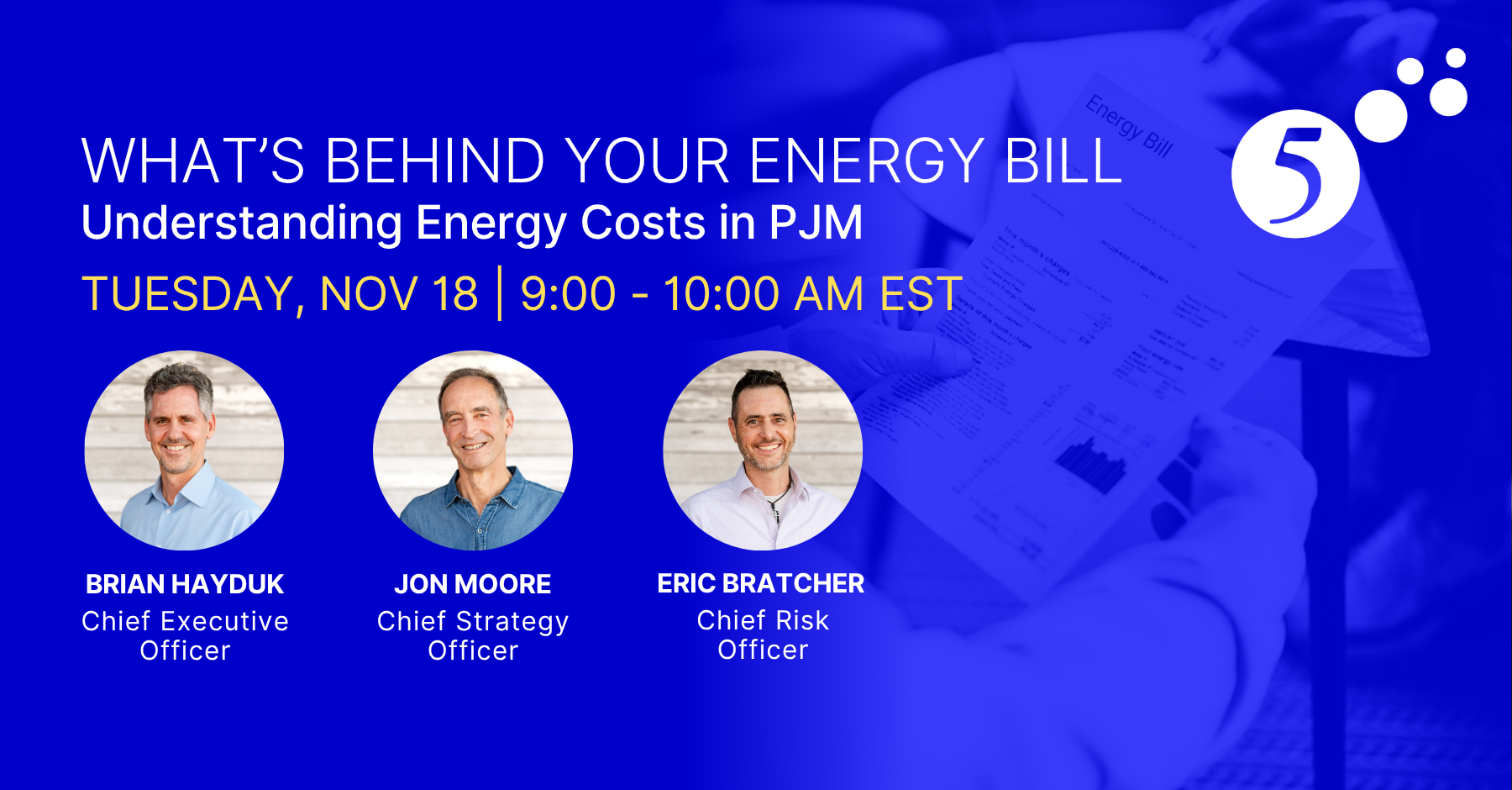
The State of New York may be a microcosm of our nation’s energy past and future. New York has been trying to balance nuclear power plant retirements with new gas-fired generation while also encouraging the development of renewable power assets. On Friday morning, April 30, the last functioning nuclear reactor at Indian Point was shut down. For the past 60 years, electricity from this nuclear power plant provided New York with 565 Terawatt-hours of electricity. Before the second reactor was shut down last year, Entergy, the operator of Indian Point, estimated that the output of the two reactors supplied the Lower Hudson Valley and New York City with approximately 25% of its electricity. Environmentalists and politicians alike have described Indian Point as a threat to the safety of the millions of people who live near the plant, located 35 miles north of New York City, and many cheered its removal from service.
The retirement of the last two Indian Point reactors eliminated approximately 2,000 MWs of generating capacity from grid in the last year. Over the last three years, new downstate power assets have helped to make up for some of this lost generation. Three new natural gas power plants, the Bayonne Energy Center (120 MW), CPV Valley Energy Center (678 MW) and Cricket Valley Energy Center (1,020 MW) recently started supplying electricity to areas in and around New York City. And while this is encouraging, another strong contingent wants to limit the amount of new power plants fueled by natural gas and other fossil fuels due to environmental concerns.
New York has made great strides in reducing carbon emissions through the addition of 12,739 MWs of clean energy since 1999 while cutting emissions by 52% during that same period. Despite this progress, some question if renewable electricity alone can meet the state’s growing demand for electricity. Similar debates are occurring in other states across the country. At a recent press conference, Richard Dewey, the CEO of the New York Independent System Operator (NYISO), said that while wholesale electricity prices and carbon emissions are both down, he believes new technologies will be necessary to meet the state’s long-term sustainability and reliability goals. New transmission lines to bring solar and wind energy in the northwest parts of the state to its population centers downstate will help, but that alone will not be enough to solve the state’s power needs.
Models suggest that the combination of wind, batteries, and solar will be sufficient to meet the state’s renewable targets by 2030 but the longer-term goals will require new technologies. Dewey said, "When we start looking at what 2040 looks like, you look at the performance of ... existing assets and the storage capabilities of existing battery technologies, and all our models suggest there are just enough days when the wind doesn't blow and the sun is shielded, and not enough battery storage to fill those gaps." Dewey went on to say that the NYISO is looking to the development of green hydrogen, carbon capture and sequestration, and new nuclear technologies to meet the state’s future energy needs.
Given the recent closure of Indian Point, it is ironic to consider that advanced nuclear reactors may have a place in New York’s energy future. And while it is unlikely that any new nuclear-generating stations of size will be built in this country, there are several initiatives underway for the development of small modular reactors. One company, NuScale, has entered into an agreement to build 12 small reactors for 46 utilities in the western US. The need to reduce carbon emissions has led many policymakers and environmentalists alike to believe that nuclear energy must be a part of the solution to curb the earth’s rising temperature. While the doors may have closed at Indian Point, a larger portal may open where advanced reactor technologies have a place along with wind, solar, batteries, and green hydrogen in fighting climate change.


-1.png)